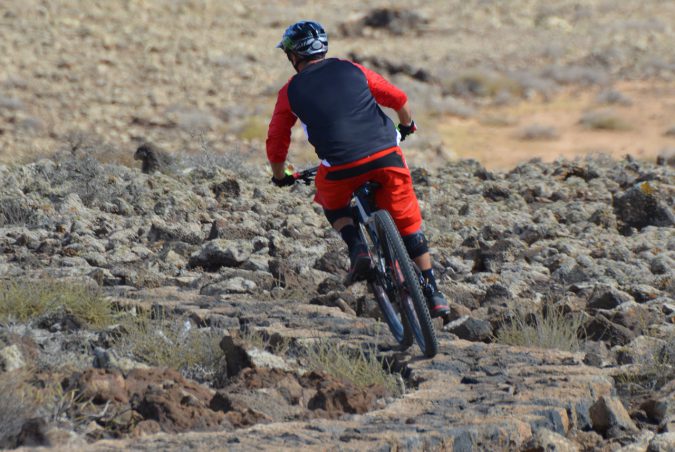Everyone loves purchasing new gear. For example, PC enthusiasts love new parts, even when they don’t need them. New memory, check, new CPUs, check, new graphic cards, double check. Ah, the same is for everyone, including musicians and cyclists, even. Downhill cyclists, especially, love new gear. It is expensive, it is wonderful and it can mean the difference between comfort and discomfort or life and death, depending on the situation. In order to avoid that, and avoid over purchasing, here is a quick guide on how and what to purchase regarding downhill cycling.
Protective Equipment

This is a mandatory part of downhill cycling and it should be mandatory for regular cycling, as well. Cycling is a sport which can put you in danger just because you are on a bicycle. It is a highly unstable contraption and even a gust of wind can throw you off balance. You turn around to see whether you can take a turn, and when you turn back, you’ve lost your line of movement and you end up hitting the sidewalk. Without protective gear, that means a busted elbow, knees, or even head, if you are extremely unlucky.
Downhill cycling requires a full face helmet, as well as other protective gear like a complete riding suit or at least knee and elbow pads. If you are planning on doing light downhill riding, at speeds which are not extreme or breakneck, you could do without some layers of protection, but not without the helmet.
Bicycle Parts – Suspension, Shifters, Breaks

Downhill is a very extreme version of cycling. If you want to go hard, you will need good equipment. That costs a lot of money and it is better to know if you are actually going to use it, prior to purchasing it. The most common things to purchase is suspension, rear and front. The better the suspension, the less torture will your body need to go through. A jump from 3 meters or more without rear or front suspension would end up in severely damaged or broken wrists.
Better brakes are always recommended, so that you can break in case of an emergency and redirect your bicycle. Better derailleurs always help, mostly because they are lighter and were built to last longer and sustain more abuse, which they most definitely will. Tires are often changed and brake pads will be obliterated. The thing to remember is not to pay more for gear you will not completely use.
Decide How Far You Want to Go
The first thing you should do before actually shopping is to decide whether you want to go all in and purchase the best equipment for the hardest and most difficult downhill runs, or if you need medium grade equipment, which will do well in runs which are not as dangerous or as extreme. The level of equipment you will need is going to depend solely on how extreme you plan to ride.
With these tips, your next downhill purchase should be much more suited to your goals.

